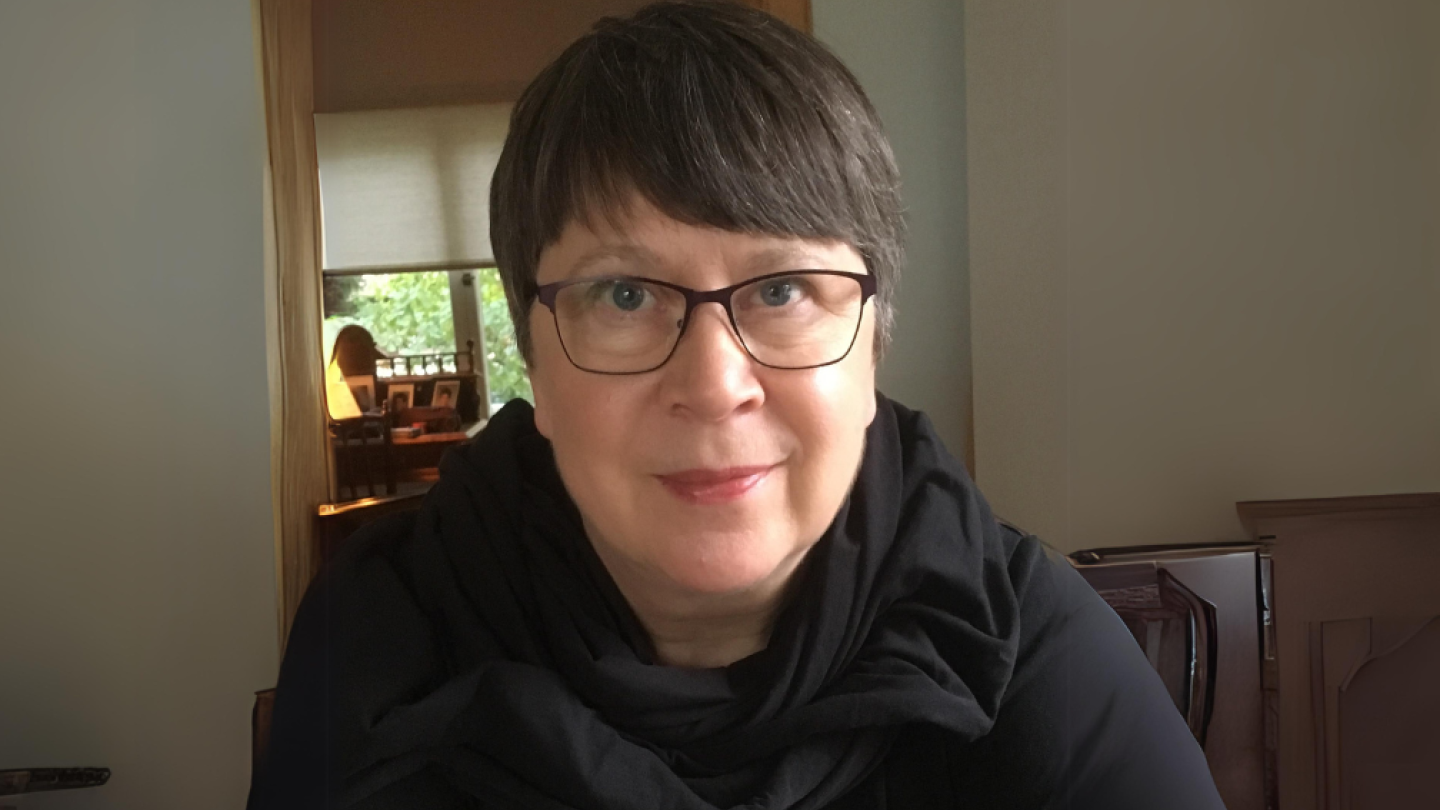Interaction and the importance of the group in group-based piano teaching and learning

This case study lies at the intersection of educational science and music education. Its focus is on the interaction that evolves in group-based music instruction and learning, and its context is that of the Teacher Education program for adults. The research is shaped by the cultures and traditions of primary school teacher education as well as those of instrumental music instruction. Additionally, the fact that it involves group instruction and adult learners gives the study a distinct character.
Through this research, I aim to enhance the understanding of learning to play music in a group setting and, at the same time, gather insights into ways the opportunities of interaction within the group can be utilized as a teaching resource in vari-ous group learning contexts.
My goal is to reveal the nature, possibilities and challenges of group-based instrumental music instruction and understand the basic dynamics of the phenomenon. While neither action nor development research, this study lays the groundwork for the pedagogical development of group-based music instruction.
The theoretical framework is based upon socio-constructivist knowledge and sociocultural concepts of learning. I examined the group learning situation as an ecology of resources. Furthermore, I explored the functions of interaction and the positionings and identity negotiations that occur within it. As the research traverses the field of music education, the theoretical background also covered the paradigms guiding music education and the developmental trends in music instruction.
The research data consists of video-recorded instructional sessions (9 hours) and related stimulated recall interviews (4 sessions). The data were analyzed using qualitative content analysis and tools from interaction research, with a small portion of the analysis employing quantitative interaction analysis.
The main findings indicate that group instruction offers students a rich and diverse array of opportunities - an ecology of resources. The role and diversity of music in the group interaction were particularly evident in the data. The results also highlighted the importance of the socio-emotional atmosphere within the group. Interactions between the teacher and students revealed negotiations of positions and associated tensions. Additionally, the results suggest that group-based music instruction naturally fits into the curriculum of primary school teacher education. Experiences of making music in a group and peer learning are beneficial for the work of a primary school teacher.



